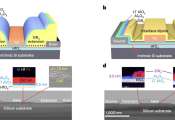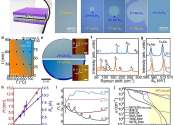Researchers create spintronics manufacturing process that could revolutionize the electronics industry
University of Minnesota Twin Cities researchers, along with a team at the National Institute of Standards and Technology (NIST), have developed a breakthrough process for making spintronic devices that has the potential to ...
Mar 20, 2023
0
171









